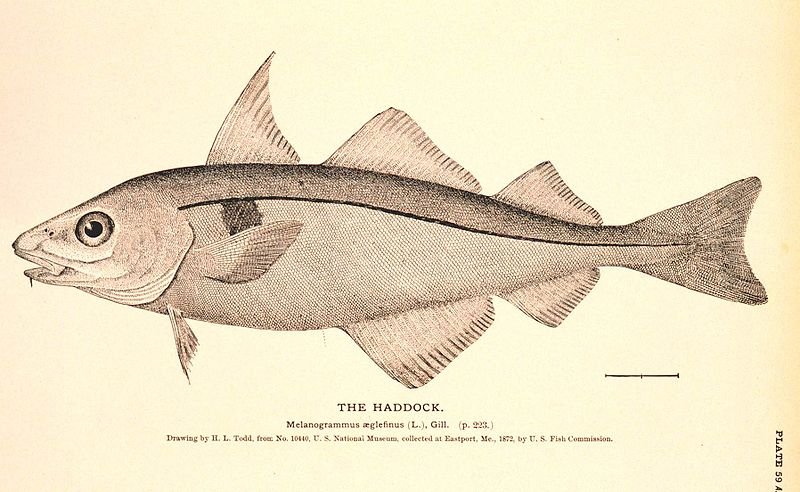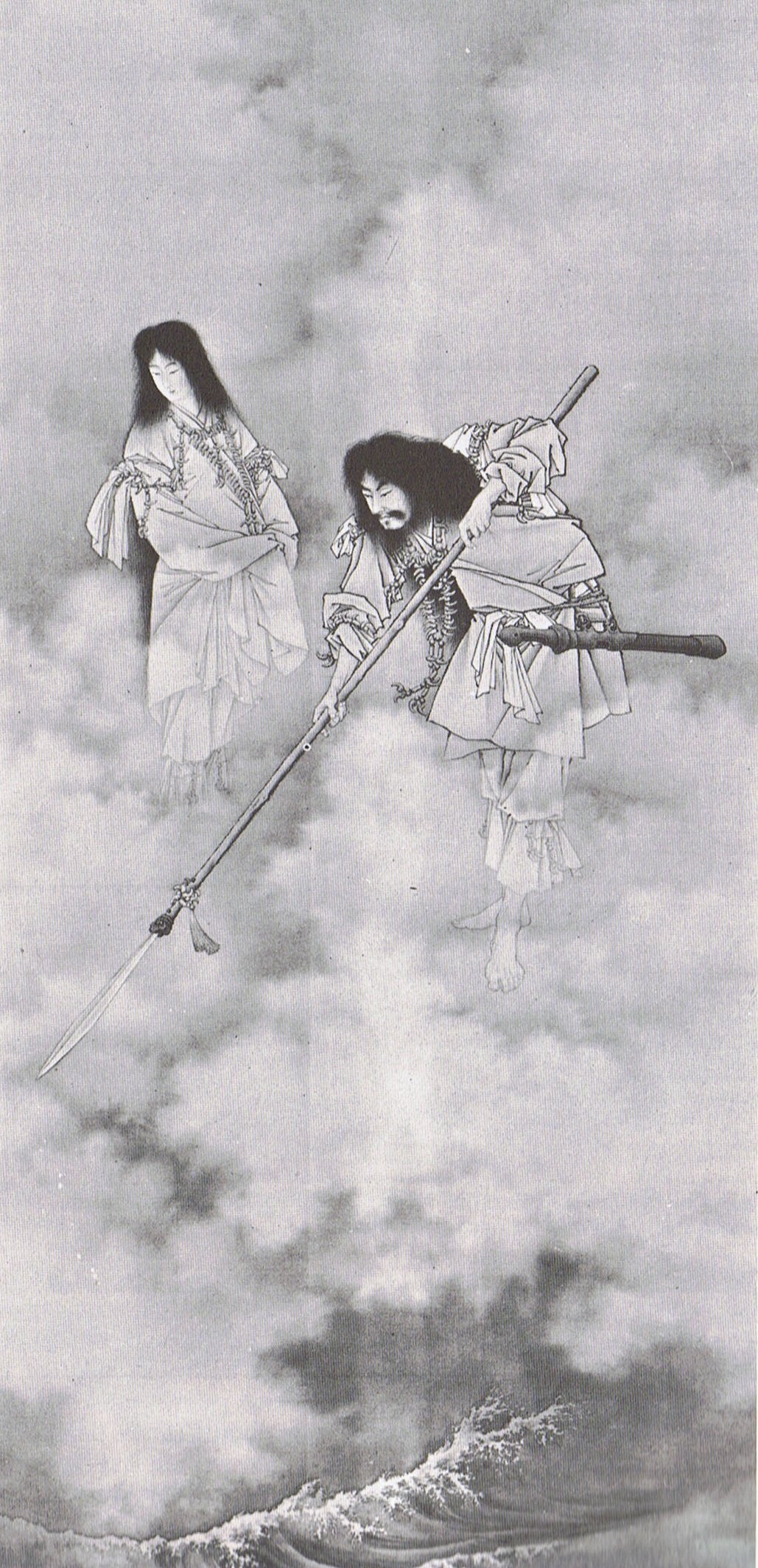|
TRANSLATIONS
When comparing the text of K with the text of G the redmarked 177 + 177 = 354 glyphs = 12 lunar months à 29.5 nights are of central importance:
A numerical connection can be established between the two central glyph lines of the G text and the twice 26 glyphs presumably located in 'summer' according to K (and located in 3 glyph lines measured out from -14 glyphs):
If these 52 glyphs (identified as number of nights in G) refer also to number of nights in K, we should be able to 'map' the K text on to the G structure. Let us compare with the glyphs in Ga8 and Gb1:
The story told by the glyphs are not parallel, or at least very differently told. Instead, the parallel story - as read in the glyphs - is located much earlier:
26, I guess, is a member in the series 16, 26, 36, 46, where 16 relates - it seems - to the waxing moon and 36 to the number of days in a regular calendar. 26, in between, should for harmony's sake relate to a measure for a 'season' longer than half a month but shorter than a whole year. Reading the text of K we get the impression it is referring to 'summer'. When reading the text of G in lines a8-b1 a quite another content can be imagined, viz. how beyond Nga Kope Ririva (at 177 = 6 * 29.5) creation (in the 'sea') is developing. There is a 'whirlpool' into which sun goes down (like into a dark doorway) the sign of which can be seen as the Devil's thumbprint on the haddock:
'God-of-angry-look by lying with Roundness made the poporo berry'. Adding a lunar month to 177 we reach 206.5 and glyph number 206 should give us some clue:
Certainly there are lots of hua poporo and Rei signs in these 18 glyphs. The generative forces (Rei) are producing poporo berries through thumb signs (the Devil's thumbs). The comes signs of exhaustion:
In K the parallel text does not reach this far. At the very first sign of poporo berries the sun is already dead:
The ordinal numbers for the glyphs in G should be revised, and 185 is in the new system (redmarked below) equal to 185 + 30 = 215:
While 185 = 5 * 37 does not say very much, 215 = 5 * 43 is significant, because 43 indicates that the full measure 42 just has been passed (is in the past). Side b in G has 242 glyphs, which alludes to 42 as a full measure (and which possibly also alludes to 2 * 42 = 84). The K text does not follow the G text onto its side b. The K text on its side b describes events which come on side a of G. Using the new structure (map) of the G text we can count: 472 - (177 + 29) = 472 - 206 = 266 (the ordinal number of Te Pou according to the old map). We understand that the 'pillar' is alluded to because it is necessary for the creation:
|
|||||||||||||||||||||||||||||||||||||||||||||||||||||||||||||||||||||||||||||||||||||||||||||||||||||||||||||||||||||||||||||||||||||||||||||||||||||||||||||||||||||||||||||||||||||||||||||||||||||||||||||||||||||||||||||||||||||||||||||||||||||||||||||||||||||||||||||












































